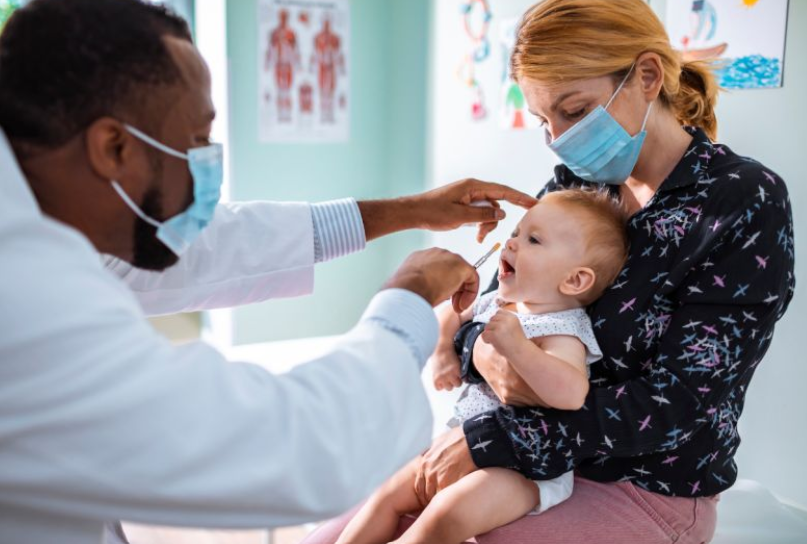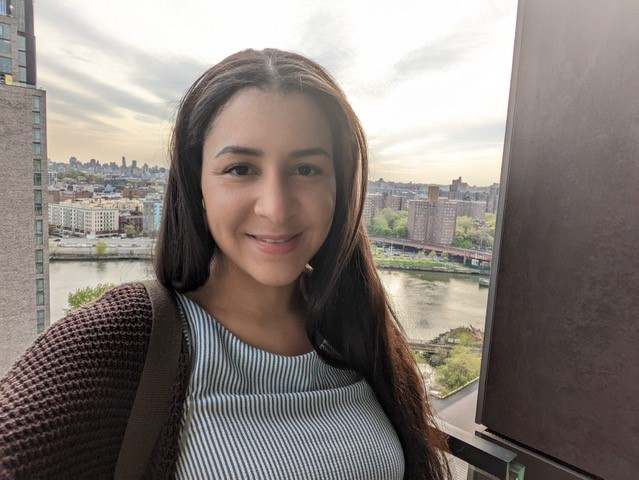 For Diana Perez, a medical resident at the Family Health Center of Harlem, the handwritten thank-you note she received from a patient is all the evidence she needs that she has chosen the right training path.[KFF Health News}
For Diana Perez, a medical resident at the Family Health Center of Harlem, the handwritten thank-you note she received from a patient is all the evidence she needs that she has chosen the right training path.[KFF Health News}

This story also ran on U.S. News & World Report. It can be republished for free.
Perez helped the patient, a homeless, West African immigrant who has HIV and other chronic conditions, get the medications and care he needed. She also did the paperwork that documented his medical needs for the nonprofit that helped him apply for asylum and secure housing.
“I really like whole-person care,” said Perez, 31, who has been based at this New York City health center for most of the past three years. “I wanted to learn and train, dealing with the everyday things I will be seeing as a primary care physician and really immersing myself in the community,” she said.

“I wanted to learn and train dealing with the everyday things I will be seeing as a primary care physician and really immersing myself in the community,” says Diana Perez, who is completing her primary care residency at the Family Health Center of Harlem.(DIANA PEREZ)
Few primary care residents get such extensive community-based outpatient training. The vast majority spend most of their residencies in hospitals. But Perez, who is being trained through the Teaching Health Center Graduate Medical Education program, is among those treating patients in federally qualified health centers and community clinics in medically underserved rural and urban areas around the country. After graduating, these residents are more likely than hospital-trained graduates to stay on and practice locally where they are often desperately needed, research has found.
###
